GPCR/G protein

All GPCRs share a common seven trans-membrane structure. GPCRs are associated with heterotrimeric G-proteins which are GTP-binding proteins made of alpha, beta, and gamma subunits. When a ligand binds to GPCR, it activates the attached G-protein, the GDP is replaced with GTP. The activated G-protein then dissociates into an alpha and a beta-gamma complex which activates downstream signaling pathways. These intracellular signaling pathways include cAMP/PKA, calcium/NFAT, phospholipase C, protein tyrosine kinases, MAP kinases, PI-3-kinase, nitric oxide/cGMP, Rho, and JAK/STAT.
GPCRs are one of the most important therapeutic targets for various diseases, over 30% of all modern medicinal drugs target this family. Aberrant GPCR functions are involved in pathological conditions such as neurological, immunological and hormonal disorders. A large number of GPCRs have been identified, but whose ligands are not known, are classified as orphan receptors.
-
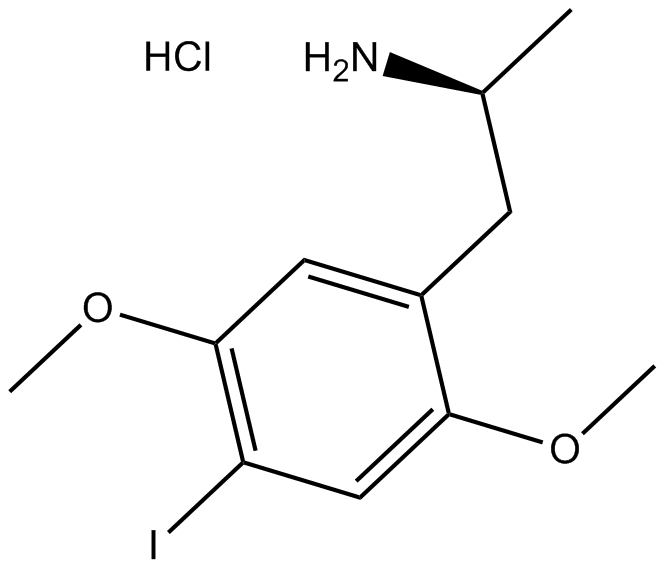 B5321 DOI hydrochlorideTarget: 5-HT2 ReceptorsSummary: A brain-permeable 5-HT2A/5-HT2C receptor agonist
B5321 DOI hydrochlorideTarget: 5-HT2 ReceptorsSummary: A brain-permeable 5-HT2A/5-HT2C receptor agonist -
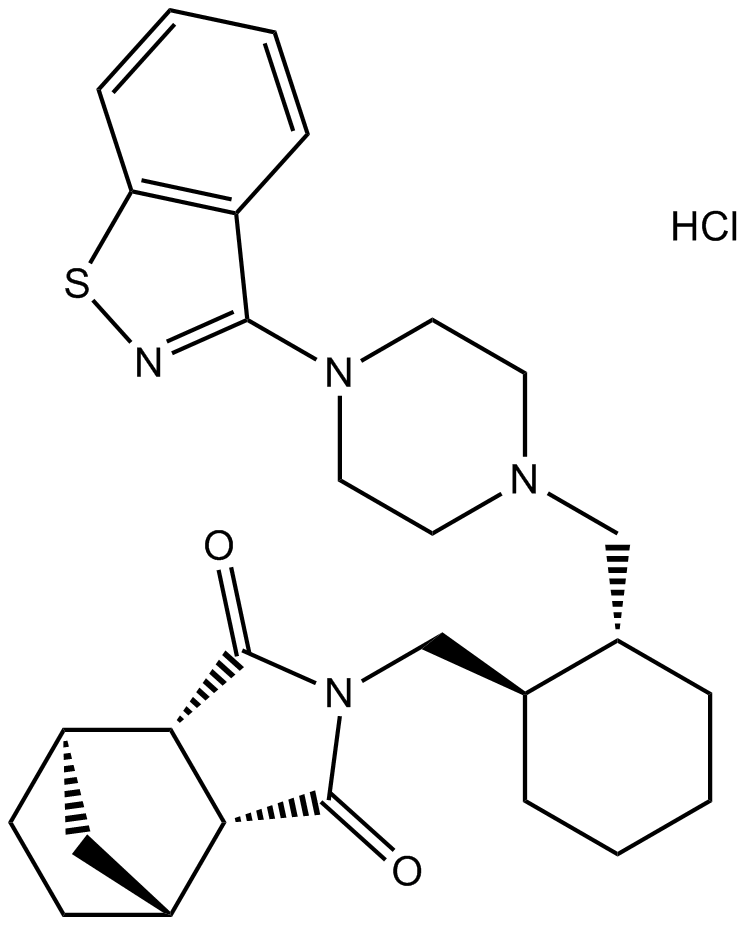 B1477 Lurasidone HClTarget: 5-HT2 Receptors|D2 Receptors|5-HT1 Receptors|5-HT7 ReceptorsSummary: Dopamine D2/5-HT2A/5-HT7/5-HT1A inhibitor
B1477 Lurasidone HClTarget: 5-HT2 Receptors|D2 Receptors|5-HT1 Receptors|5-HT7 ReceptorsSummary: Dopamine D2/5-HT2A/5-HT7/5-HT1A inhibitor -
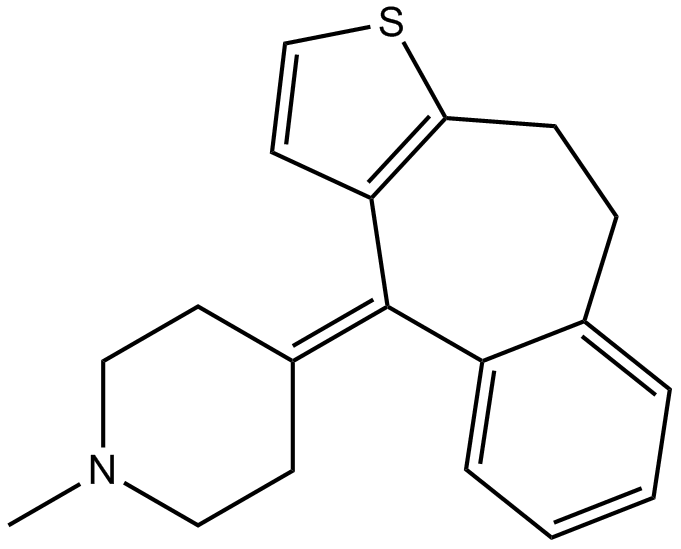 B1206 PizotifenTarget: 5-HT2 ReceptorsSummary: Highly selective 5-HT receptor blocking agent
B1206 PizotifenTarget: 5-HT2 ReceptorsSummary: Highly selective 5-HT receptor blocking agent -
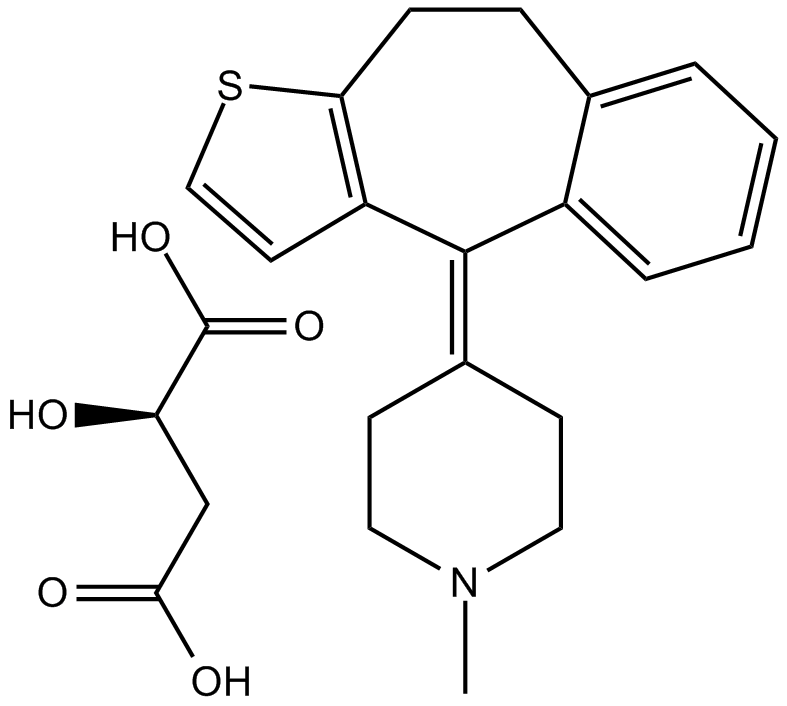 B2007 Pizotifen MalateTarget: 5-HT2 Receptors|D2 ReceptorsSummary: 5-HT receptor antagonist
B2007 Pizotifen MalateTarget: 5-HT2 Receptors|D2 ReceptorsSummary: 5-HT receptor antagonist -
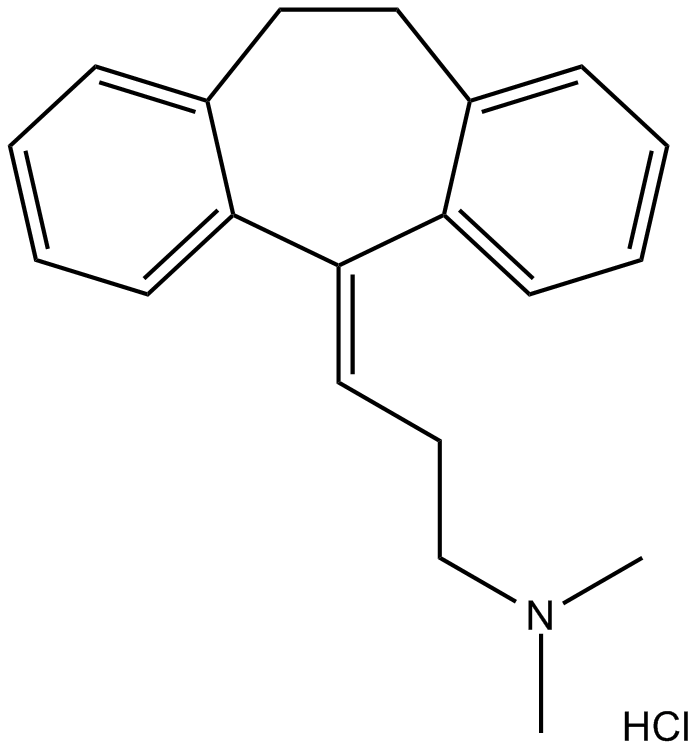 B2231 Amitriptyline HClTarget: Trk Receptors|5-HT2 Receptors|Norepinephrine transporter|5-HT TransportersSummary: Serotonin /norepinephrine receptor/5-HT4/5-HT2 inhibitor
B2231 Amitriptyline HClTarget: Trk Receptors|5-HT2 Receptors|Norepinephrine transporter|5-HT TransportersSummary: Serotonin /norepinephrine receptor/5-HT4/5-HT2 inhibitor -
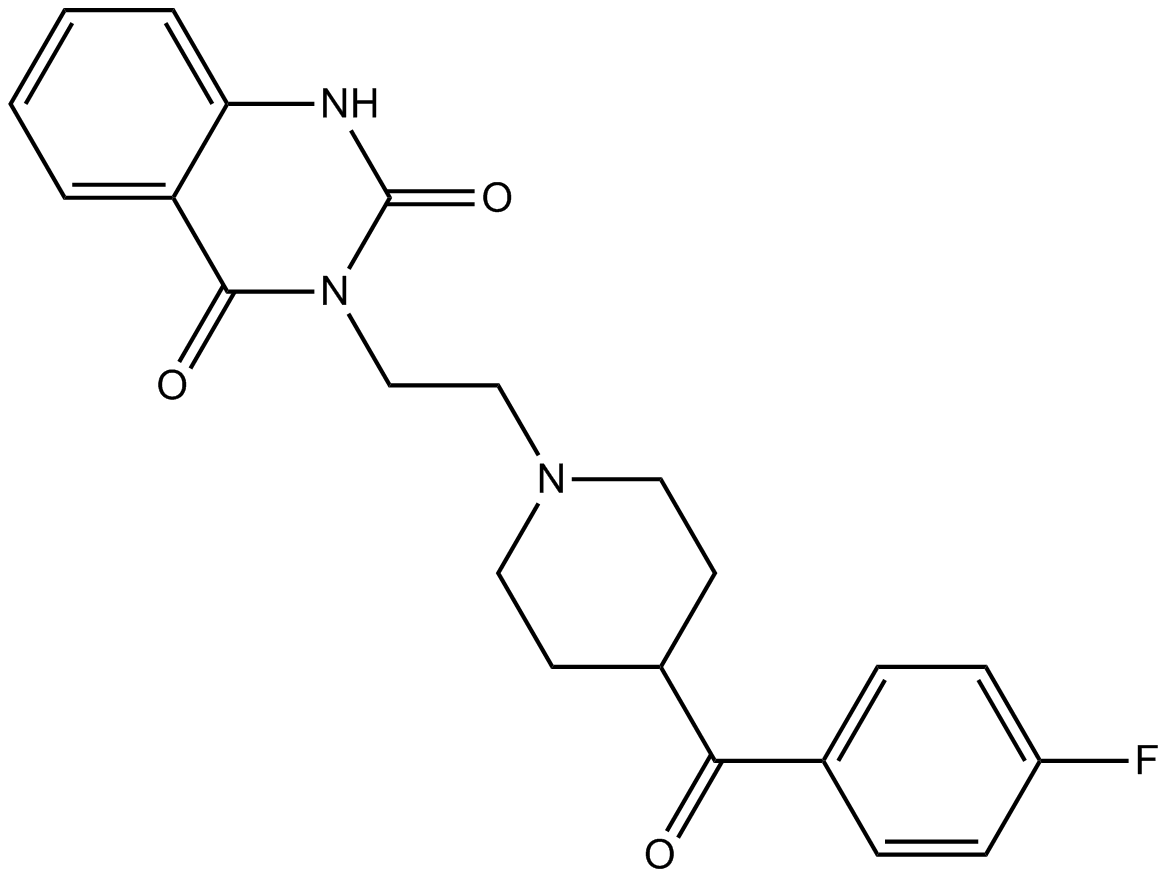 B2248 KetanserinTarget: 5-HT2 ReceptorsSummary: specific 5-HT2A serotonin receptor antagonist
B2248 KetanserinTarget: 5-HT2 ReceptorsSummary: specific 5-HT2A serotonin receptor antagonist -
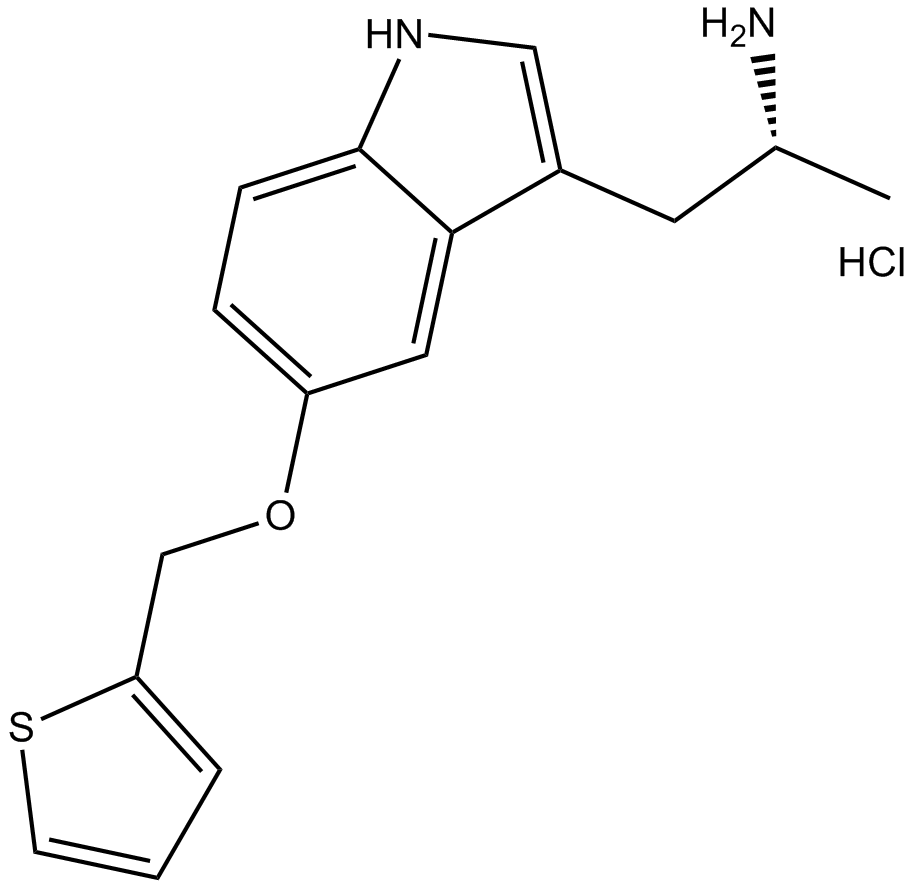 B6574 BW 723C86 hydrochlorideTarget: 5-HT2 ReceptorsSummary: 5-HT2B agonist
B6574 BW 723C86 hydrochlorideTarget: 5-HT2 ReceptorsSummary: 5-HT2B agonist

